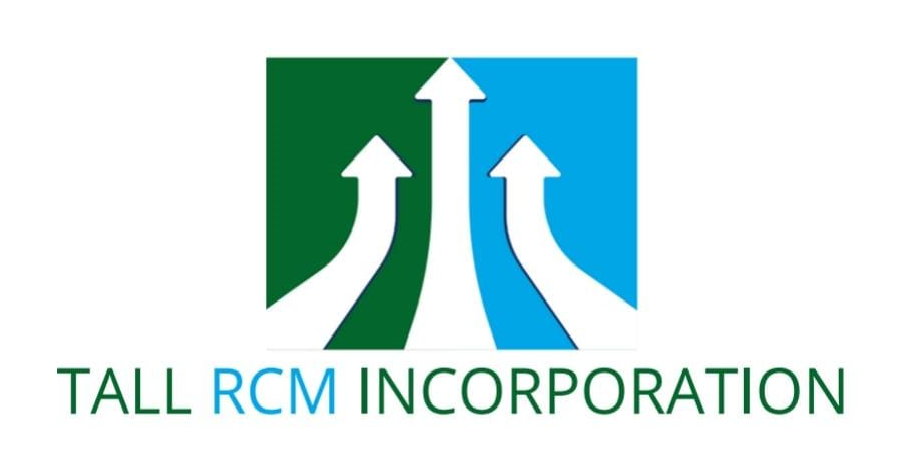Change is an inevitable constant of life. We come face-to-face with it in every walk of life. The topic of discussion here is which healthcare issues would be the biggest in the years ahead? There are a few of them to discuss, beginning with the current patient-centric business model; next comes the rise in chronic conditions amongst older patients, and the last trouble seems to be leveraging healthcare data from digital technologies which are about to alter everything. Let’s discuss this at length now:
CHALLENGE 1 – The Patient-Centric Business Model
The increasing drive towards a more patient-centred business model stands as one of the top healthcare issues. This is changing, though, particularly as health gets digitalised. In the United States, patients pay about a third of all healthcare and coverage expenditures each year. In recent years, the use of technology has risen tremendously with great access of information to users not just through conventional desktop computers, but also cell phones. Consumer behaviour in health care is already radically shifting.
SOLUTION: The happier the customer, the better the experience, so listen to the patients!
This has more facets to it. Healthcare leaders must recognize the rising purchase power and cater to the needs. They must place a high value on research, marketing, and customer experience. To meet customer wants, the healthcare sector must be open to asking, listening, and interacting with the patients.
CHALLENGE 2 – The Patient Volume of ageing Population is Increasing
Caring for the ageing population will be one of the largest future health care problems. By 2050 it is anticipated that 83 million Americans would be 65 or older, about twice what they were in 2012.
The ageing population is contributing to this worry and is much beyond the entry rates for new geriatric health care practitioners. Therefore a crisis is fast looming when too few healthcare professionals can diagnose and treat patients, with a worldwide shortfall of 9.9 million medical practitioners, nurses and nursing care by 2030.
In addition, the Global Risk Report of the World Economic Forum states that chronic or non-communicable diseases (NCDs) have now superseded infectious disorders as the world’s most significant health hazards.
These issues combined not only raise the total expense of health services but also raise the burnout of physicians and restrict access to health care services. This unavoidable demographic transition poses a challenge to the old healthcare model that cannot be addressed without changing the paradigm of medicine.
SOLUTIONS: Remote care service increases in volume, technology, and efficiency
To provide an increasing number of patients with good quality treatment at sustainable cost, health systems must provide other means of providing treatment outside conventional health care facilities, such as hospitals. The use of technology to enhance patient efficiency may also assist to reduce resource strain.
With our further medical discoveries and the development of revolutionary technologies, making home the focus of your treatment is simpler. Telemedicine is already a fast developing business offering full services of online emergency medical attention, lifestyle and pharmacy. This should be solved via TeleMedicine.
CHALLENGE 3 – Healthcare Data and Patient Privacy
Technology and healthcare are sure to be hand-in-hand in the coming decade. The collected data using digital technology, such as mobile health apps, may alter medical treatment and enhance patient care. Leveraging Big Data to enhance healthcare is a step into transforming the industry and providing some practical insights into healthcare executives on data and technology deployment to enhance patient outcomes.
The collection of data has long been controlled by healthcare firms. However, the problem is to make this data available to provide practical insights. The sensitivity of the data obtained, which must be preserved above all, adds to this problem.
SOLUTIONS: Harness the power of technology and establish a culture of data security
Now is the opportunity to leverage the power of new technology, but that must be done carefully. Although AI algorithms can examine large quantities of data beforehand, they must be developed as top objectives for patient safety and data security. All technologies always have a human aspect, therefore one approach is to maintain good computing habits and to build a culture of security. Whenever data about patients are available, “Safety First” should be a golden guideline. An anti-virus firewall and security programme must be put in place.
The coronavirus pandemic has jeopardized the lives of not one but all, and this calls for a reliable healthcare mechanism. We are here to offer you reliable healthcare payer solutions in the USA. Connect with us to know more!


